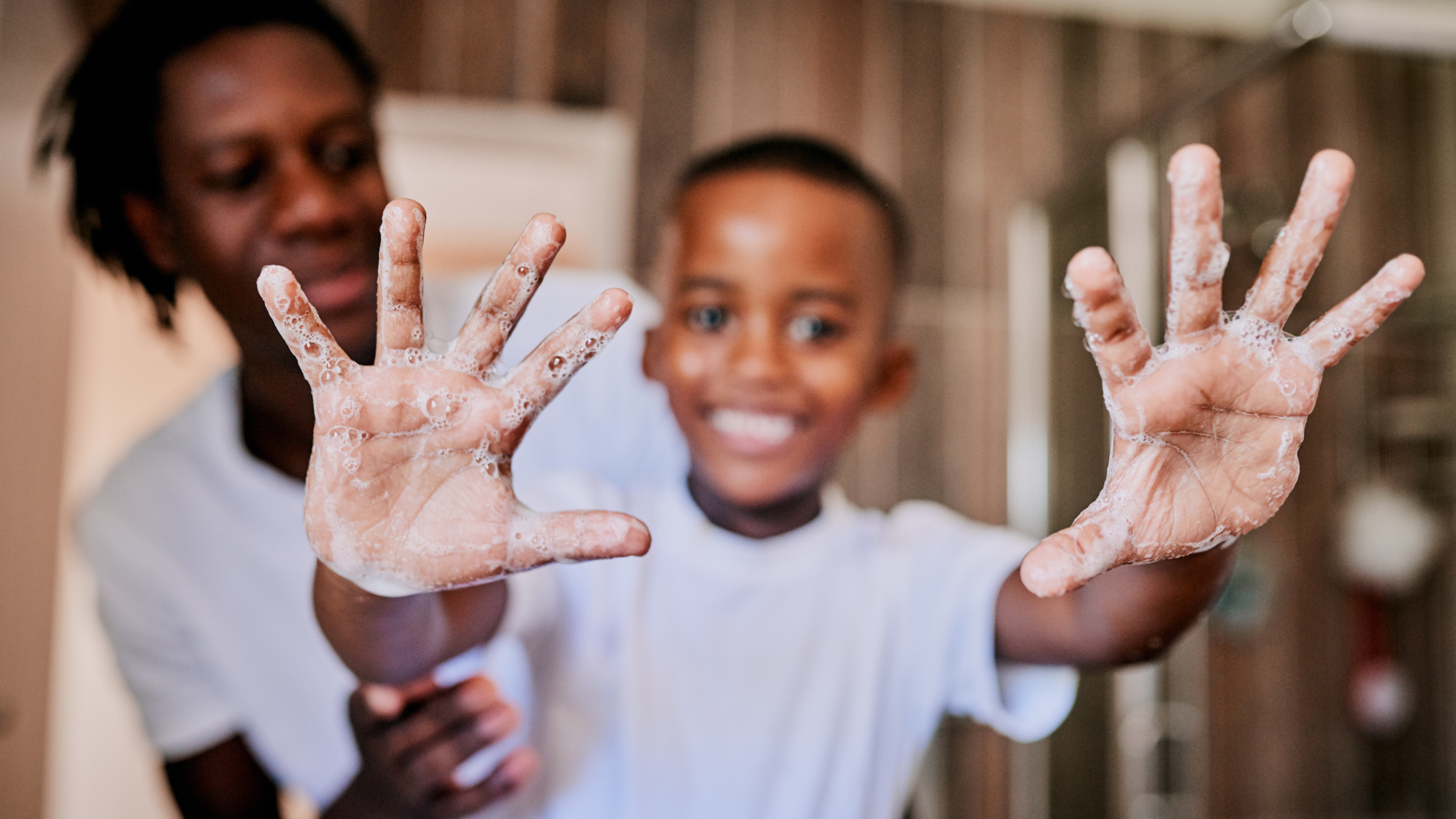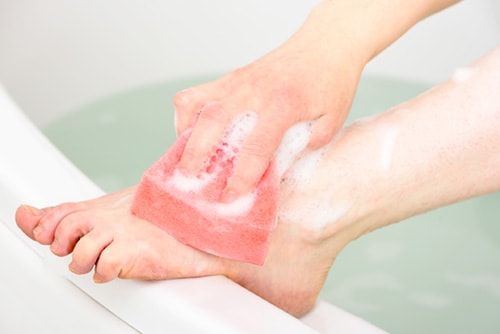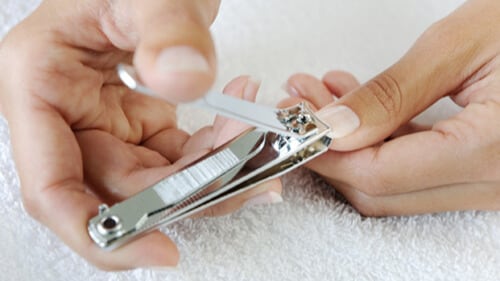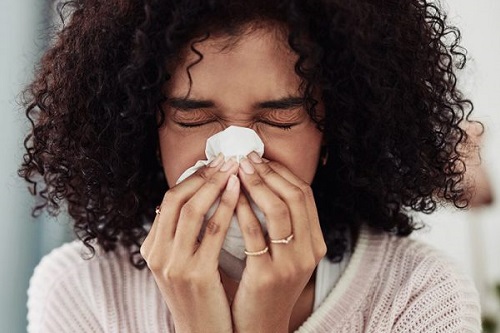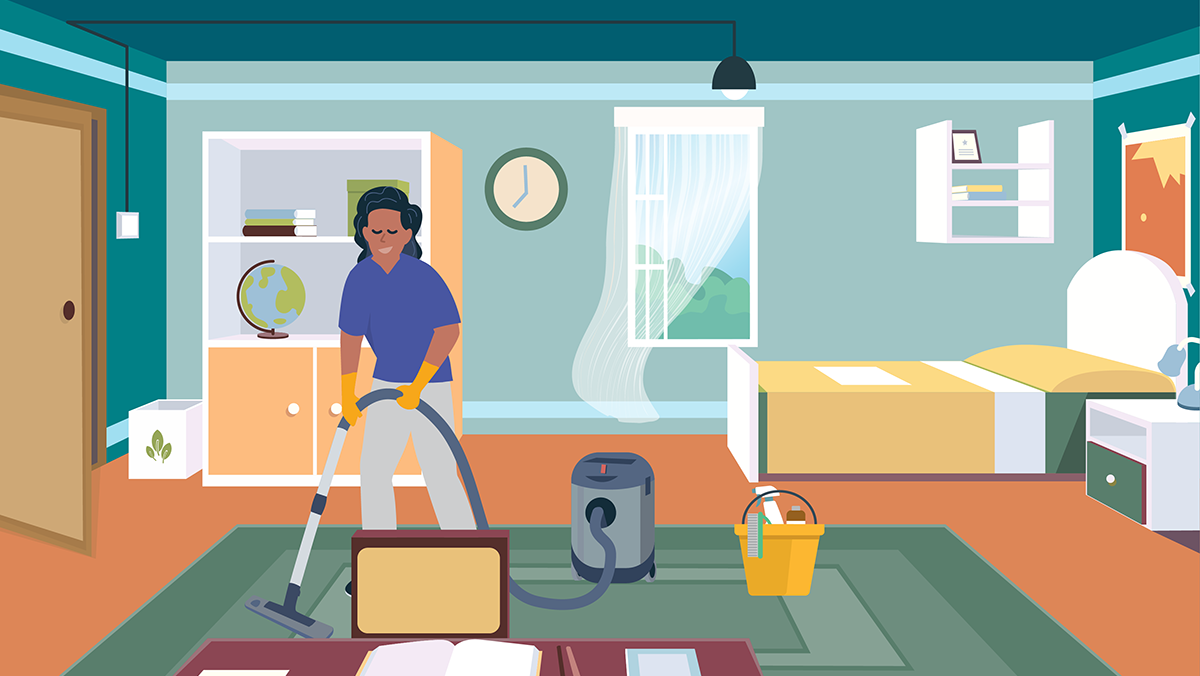Key points
- Hygiene refers to behaviors that can improve cleanliness and lead to good health.
- A few examples of hygiene can include how you care for your body, how you care for your baby, or how you care for your home environment to stay fresh and clean.
- Many diseases and conditions can be prevented through proper hygiene practices, such as covering your coughs and sneezes, washing hands after handling animals, and showering before you swim.
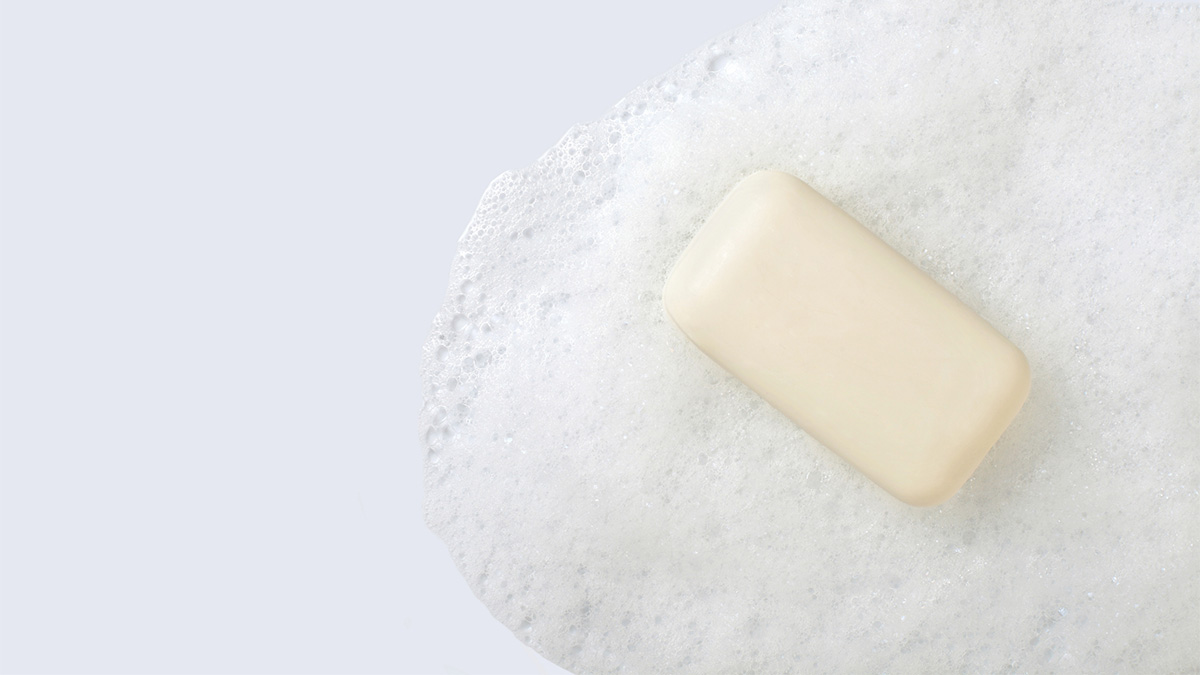
Overview
Hygiene can refer to a number of different practices that can help to keep you and others healthy. There are many ways you can keep yourself and your environment clean to promote healthy living. A few important practices include personal hygiene, proper infant diapering and feeding, and everyday cleaning.
Types
Personal hygiene
Personal hygiene refers to regularly washing parts of the body and hair with soap and water (including washing your hands and feet), grooming nails, facial cleanliness, covering coughs and sneezes, and menstrual hygiene. Personal hygiene practices can help you to feel fresh and healthy.
Infant feeding hygiene
Infant feeding hygiene involves the careful cleaning, sanitizing, and storage of infant feeding items, such as baby bottles and breast pump parts to prevent germs from contaminating milk.
Diaper hygiene
Safe and healthy diaper hygiene at home or childcare settings reduces the spread of germs and prevents babies and caregivers from getting sick.
Everyday cleaning
Everyday cleaning in places you spend time, like your home, facilities, and early care and education settings, are effective ways to prevent the spread of disease and illness by removing germs from surfaces.
- Black RE, Walker N, Laxminarayan R, et al. Reproductive, Maternal, Newborn, and Child Health: Key Messages of This Volume. Reproductive, Maternal, Newborn, and Child Health: Disease Control Priorities, Third Edition, 2016.
- Prüss-Ustün, A., et al. Burden of disease from inadequate water, sanitation and hygiene for selected adverse health outcomes: An updated analysis with a focus on low- and middle-income countries, Int J Hyg Environ Health, 2019, 222: 765–777.

